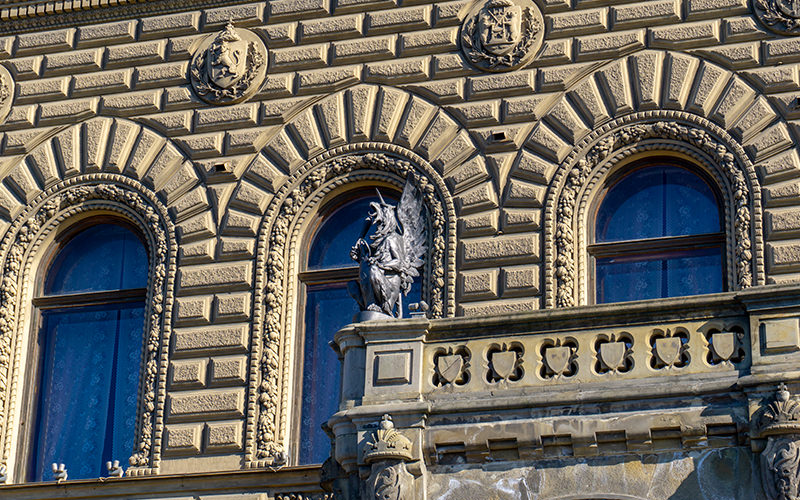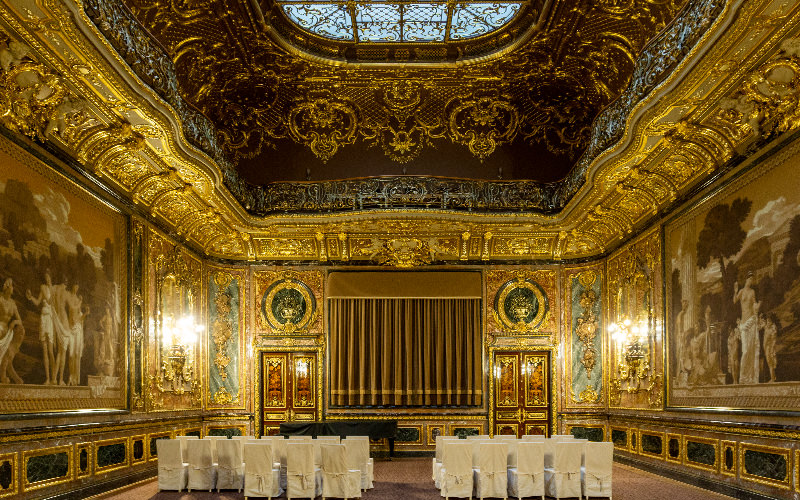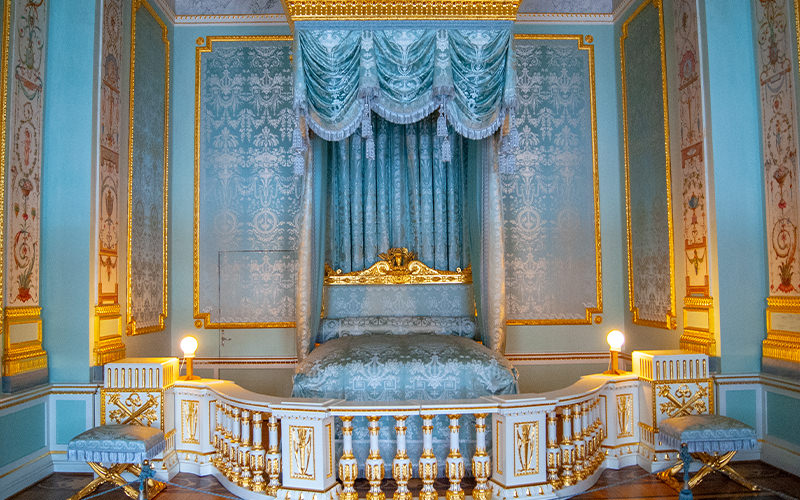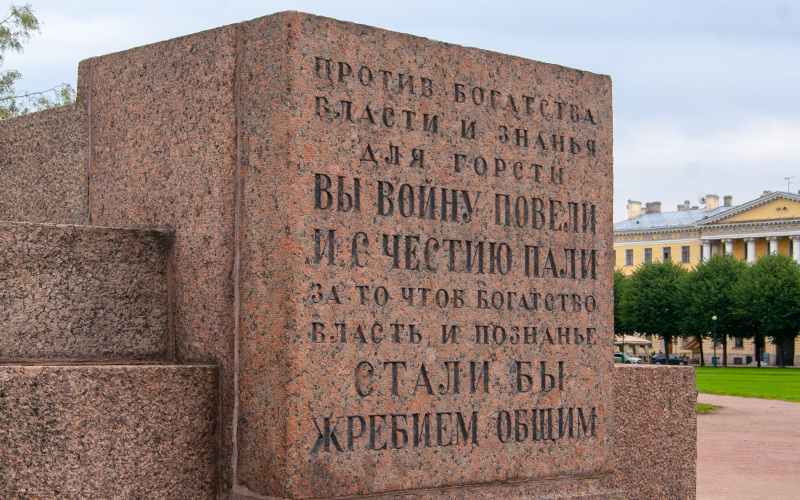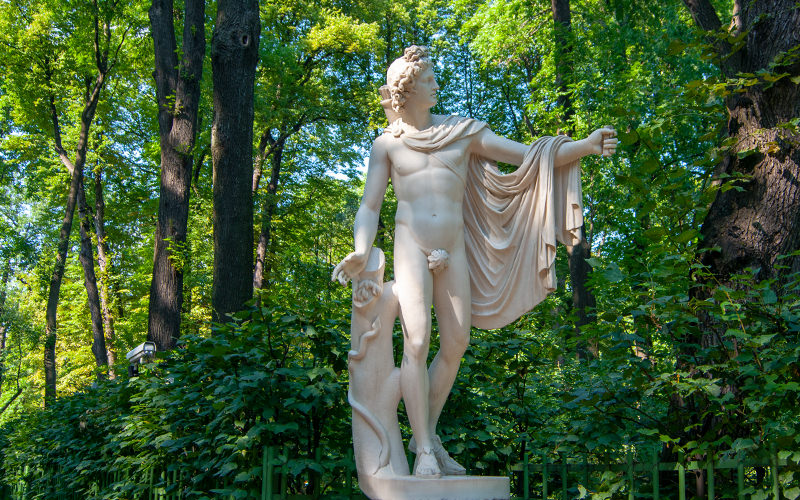The Marble Palace, located on the Palace Embankment in Saint Petersburg, is a unique 18th-century architectural monument. It is the first building in the city to be clad in natural stone. Perhaps one of the most underrated palaces in central Saint Petersburg, as not many tourists know about it. For me, this was only an advantage—during my visit, there were almost no other visitors at the palace.
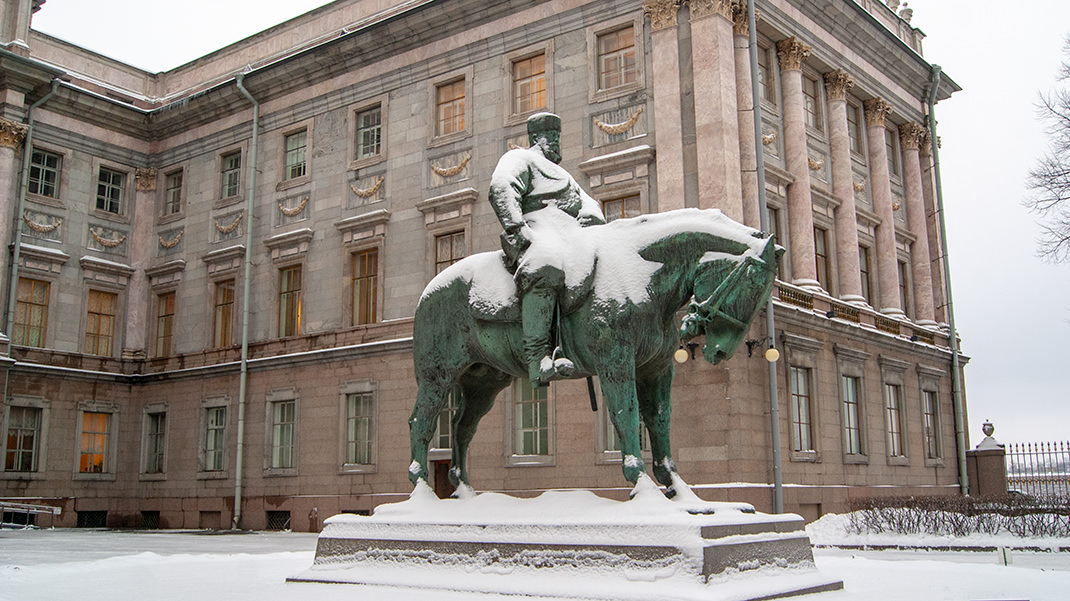

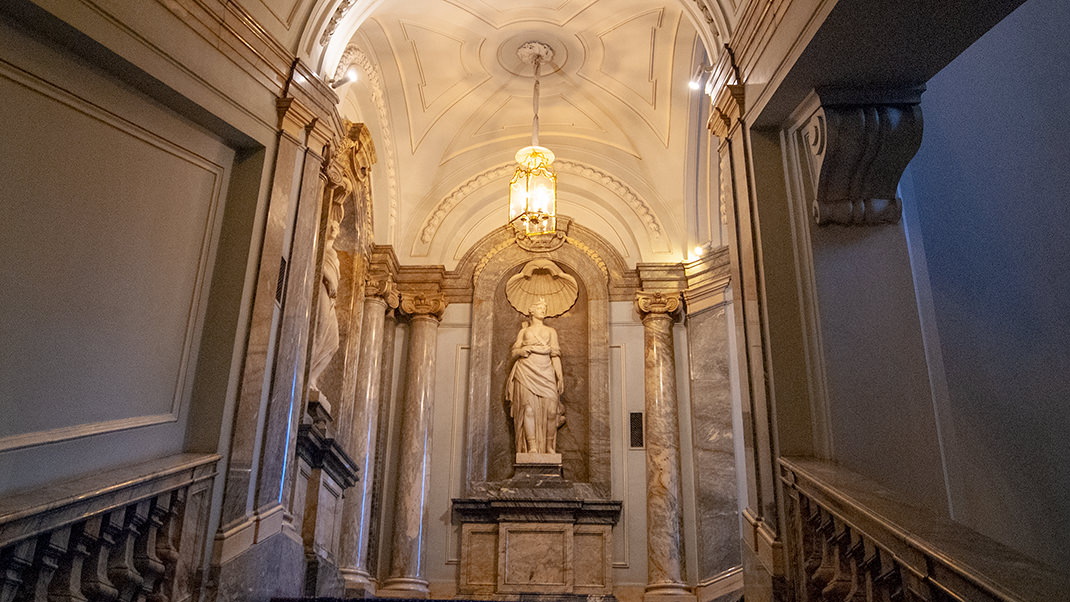
How to Get There
The nearest metro stations are "Nevsky Prospekt" and "Gostiny Dvor." After exiting the metro, walk along Sadovaya Street or the Griboedov Canal Embankment toward the Neva River. The palace is located near the Field of Mars.
The entrance fee for Russian citizens is 300 rubles (as of 2019). Credit cards are accepted at the ticket office. Since the palace is part of the Russian Museum, it can be visited with a combined ticket. For example, for 550 rubles (winter 2019), you can visit the Mikhailovsky Palace, the Marble Palace, and the Benois Wing.

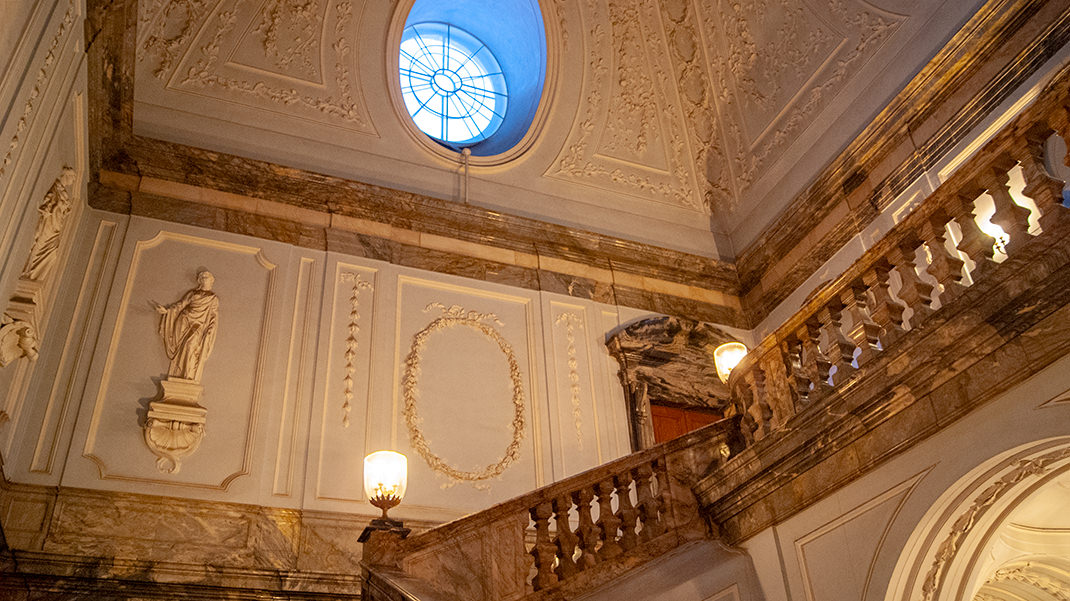
The History of the Marble Palace
At the entrance to the palace, we can see a monument to Alexander III, "The Sovereign Founder of the Great Siberian Route." Initially, this monument was installed on Znamenskaya Square (now known as Vosstaniya Square). Due to its clumsy and inappropriate portrayal of the emperor, the monument received mixed reviews from contemporaries. The following epigram was commonly heard about the statue:
«There stands a dresser,
On the dresser is a hippopotamus,
On the hippopotamus is a rogue,
On the rogue is a hat,
On the hat is a cross—
Guess who it is,
And you'll be arrested.»

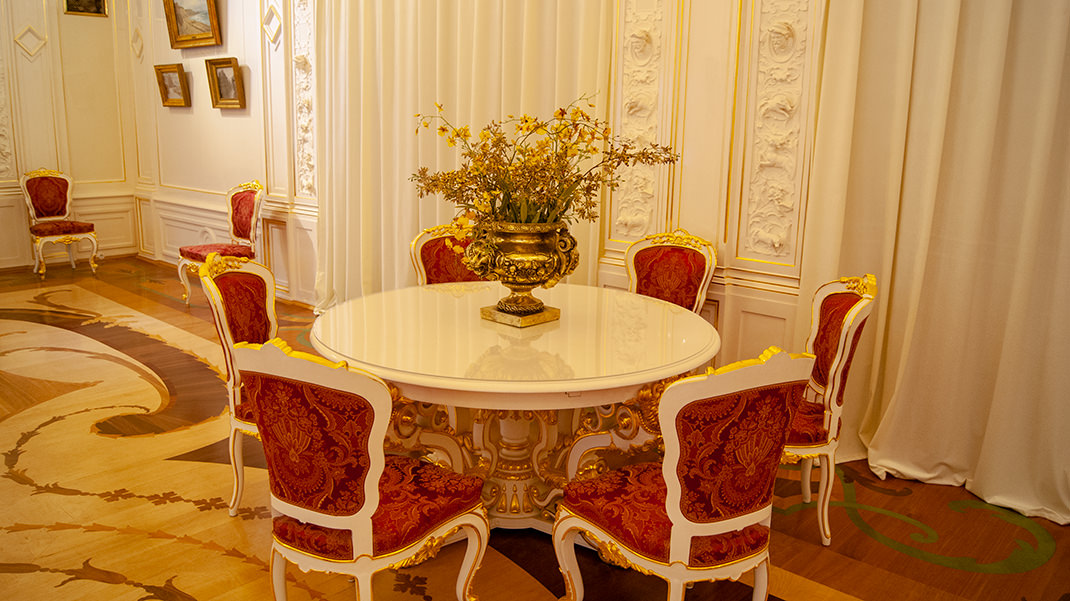
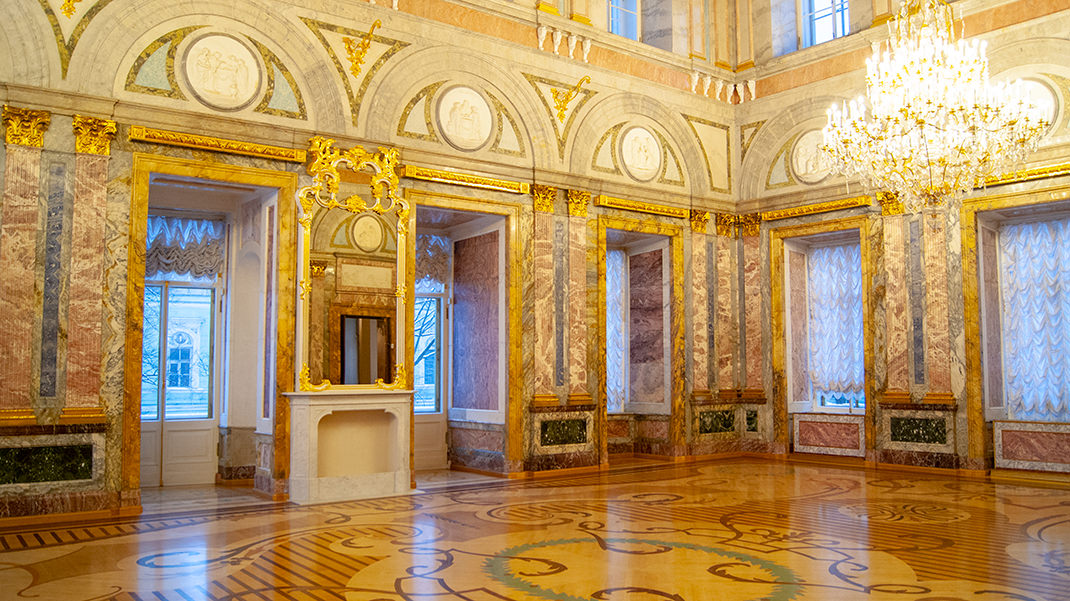
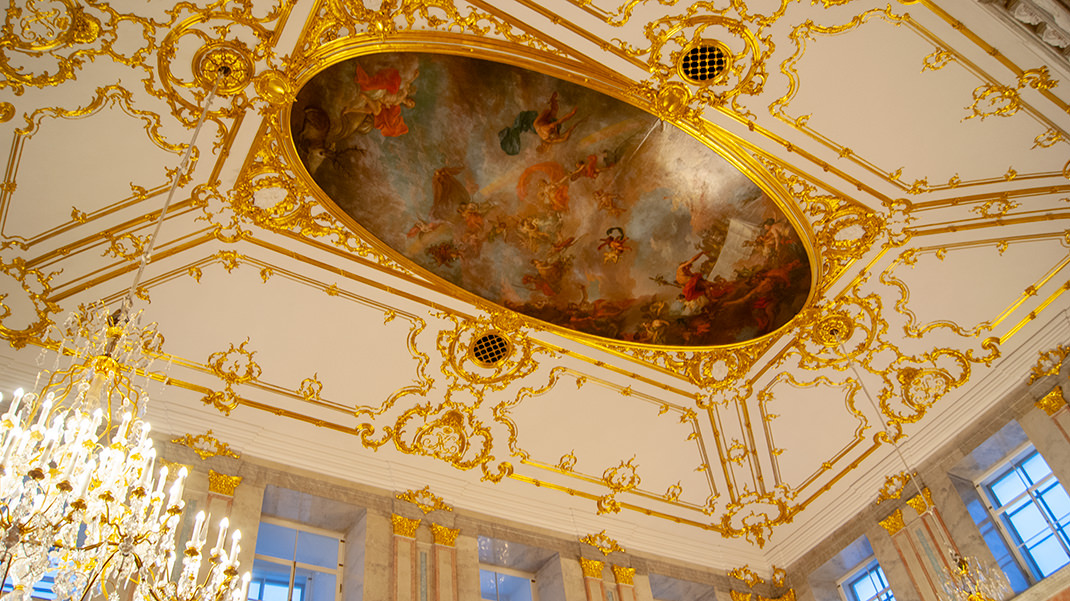
The palace building itself looks very austere and grand. As the name suggests, its facades are lined with real marble. The architect of the palace is Antonio Rinaldi, known for his designs of the Prince Vladimir Cathedral and the now-lost Great Theater of Saint Petersburg. In the 1840s, the building was restored by Alexander Briullov.
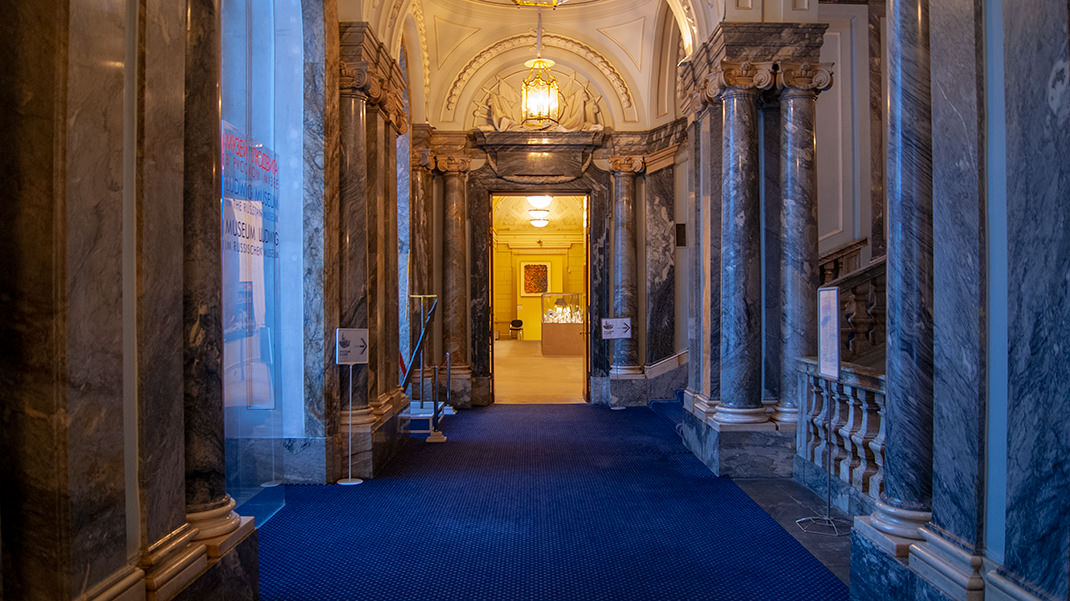
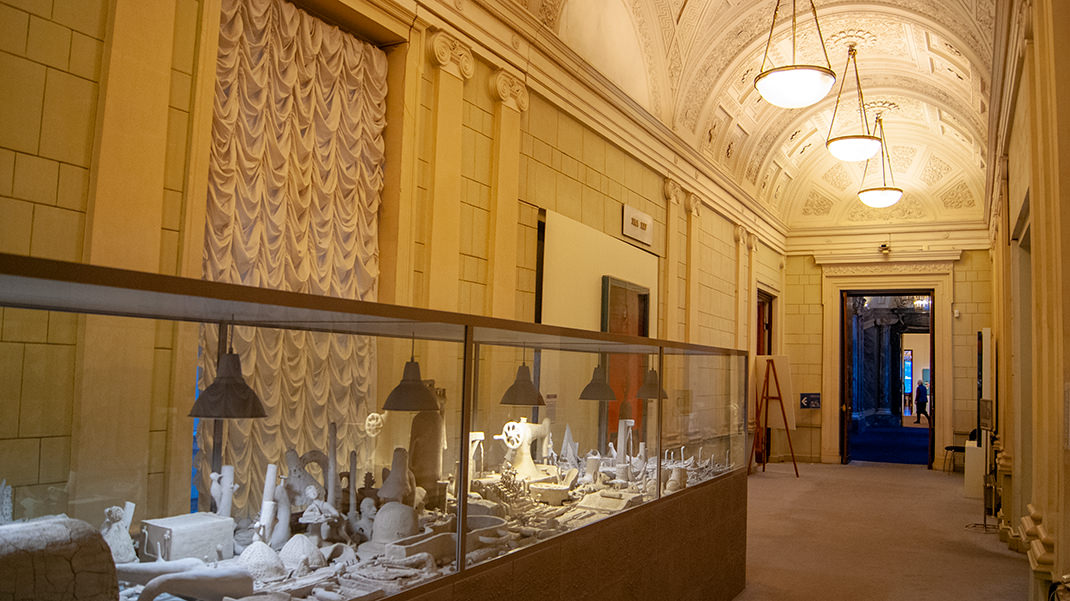
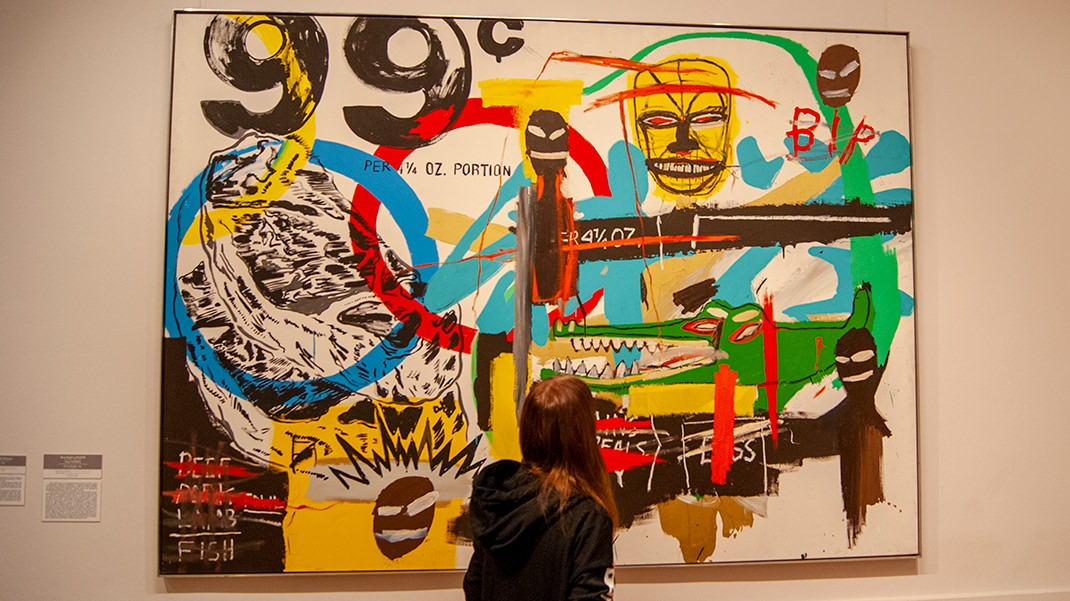
Originally, the site of the Marble Palace housed the Postal Court, and nearby was the Menagerie Court, where the first elephant in Saint Petersburg was kept. In 1737, these buildings were destroyed by fire.
In 1768, Empress Catherine II ordered the construction of the palace for her favorite, Grigory Orlov. Orlov did not live to see the palace completed, and Catherine purchased it, granting it to her grandson, Grand Duke Constantine Pavlovich, son of Paul I. The palace later became closely tied to the Romanov family, with several generations of grand dukes as its owners.
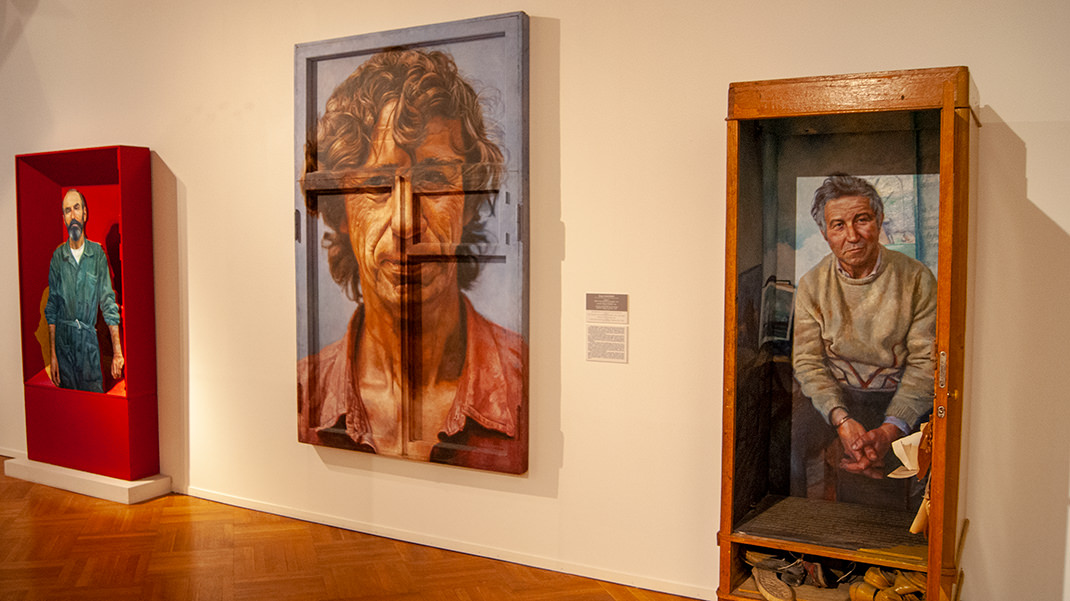
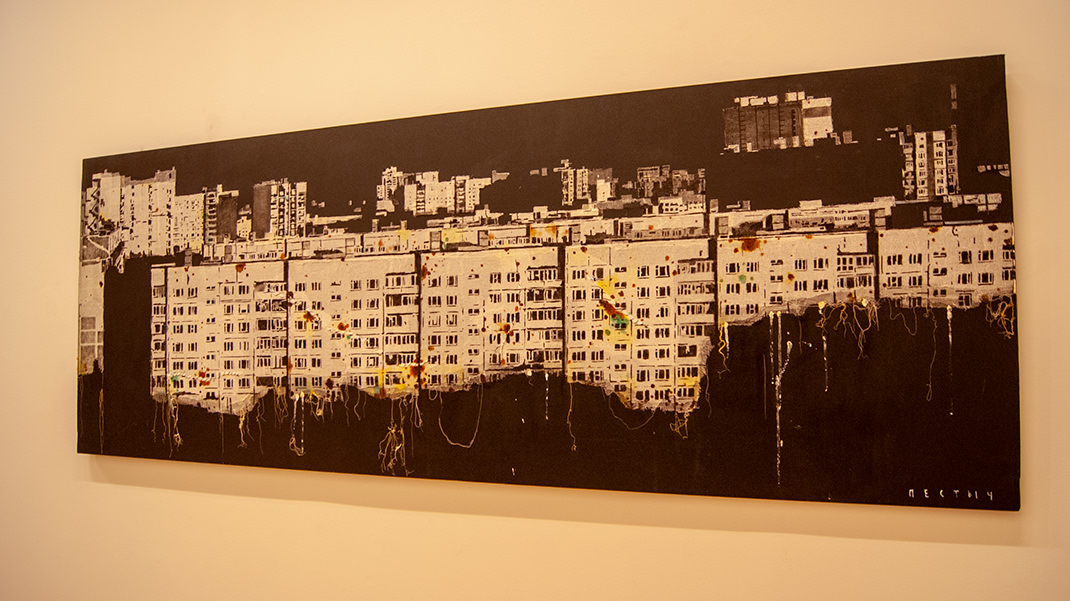
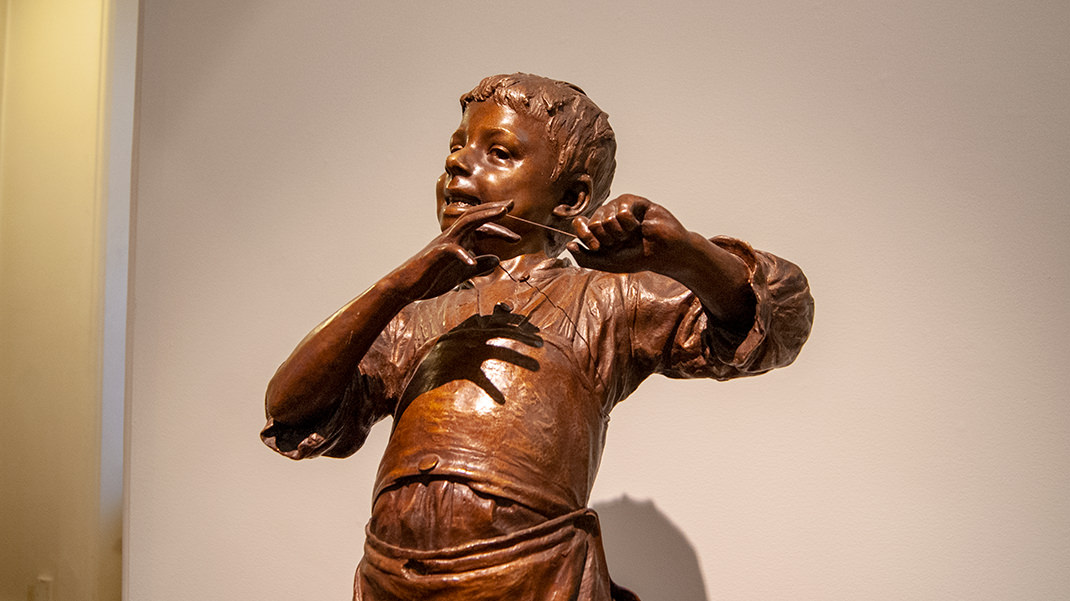
The history of the Marble Palace during the Soviet era is also intriguing. In 1919, it was occupied by the Russian Academy of the History of Material Culture. Twenty years later, it became a branch of the Central Lenin Museum. A Soviet armored vehicle, the Austin-Putilovets, replaced the statue of Alexander III.


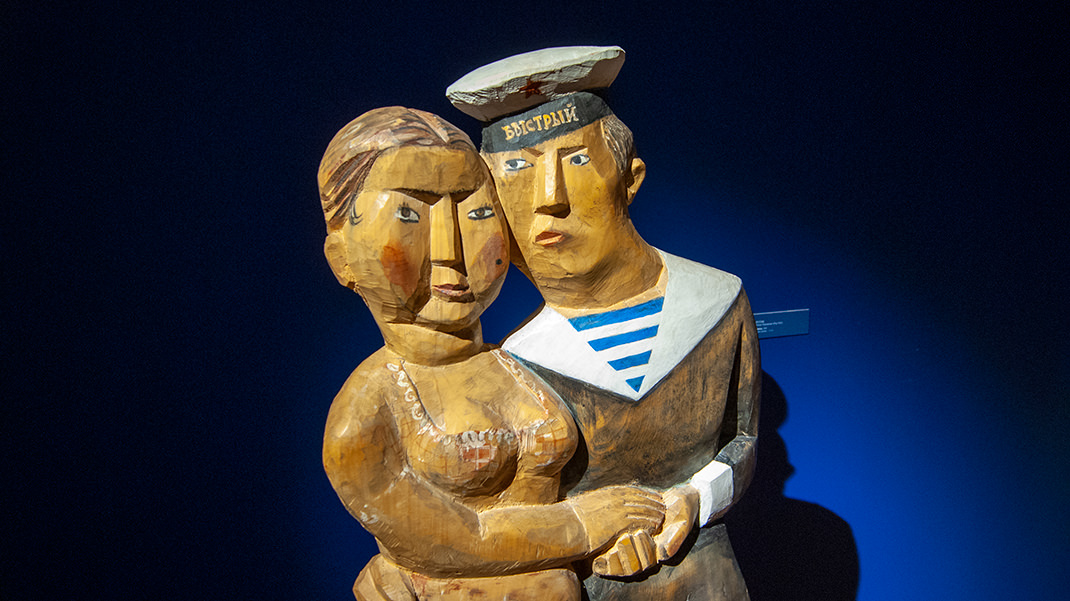
In 1992, the building was transferred to the Russian Museum, whose other branches, the Mikhailovsky Palace and the Mikhailovsky Castle, are located nearby.
In summary:
- An interesting exhibition displayed in historical interiors;
- Convenient to combine with visits to other museum branches or a stroll through the Summer Garden;
- Few visitors on weekdays, allowing you to leisurely explore the vast ceremonial halls.
- The Marble Palace. Part 2


